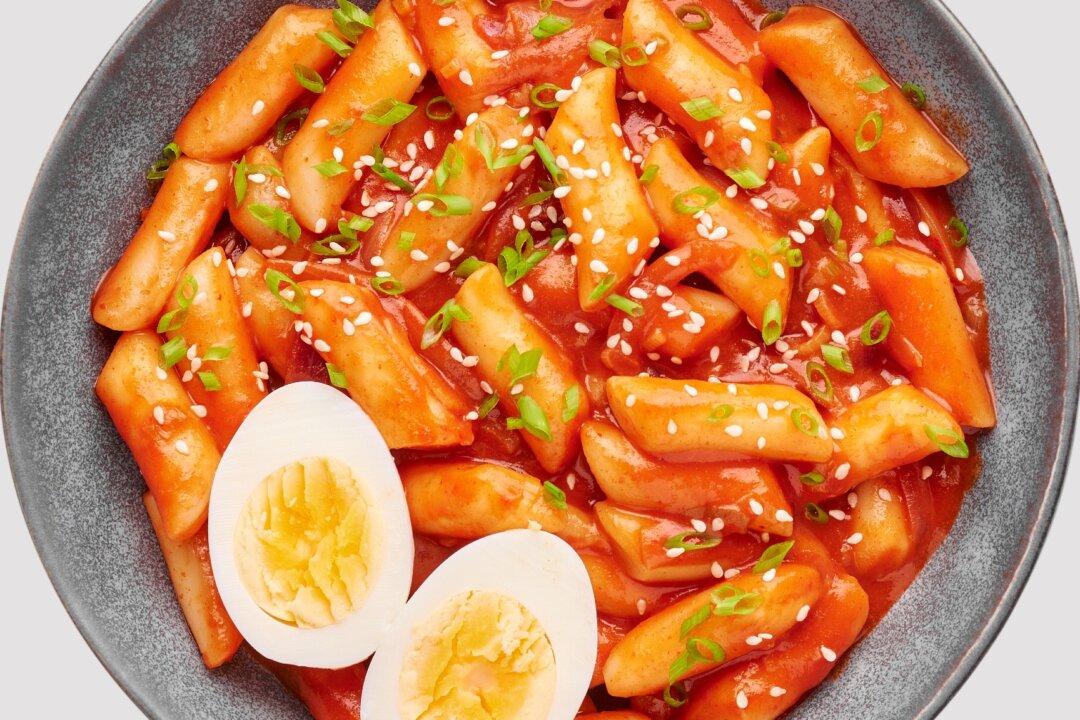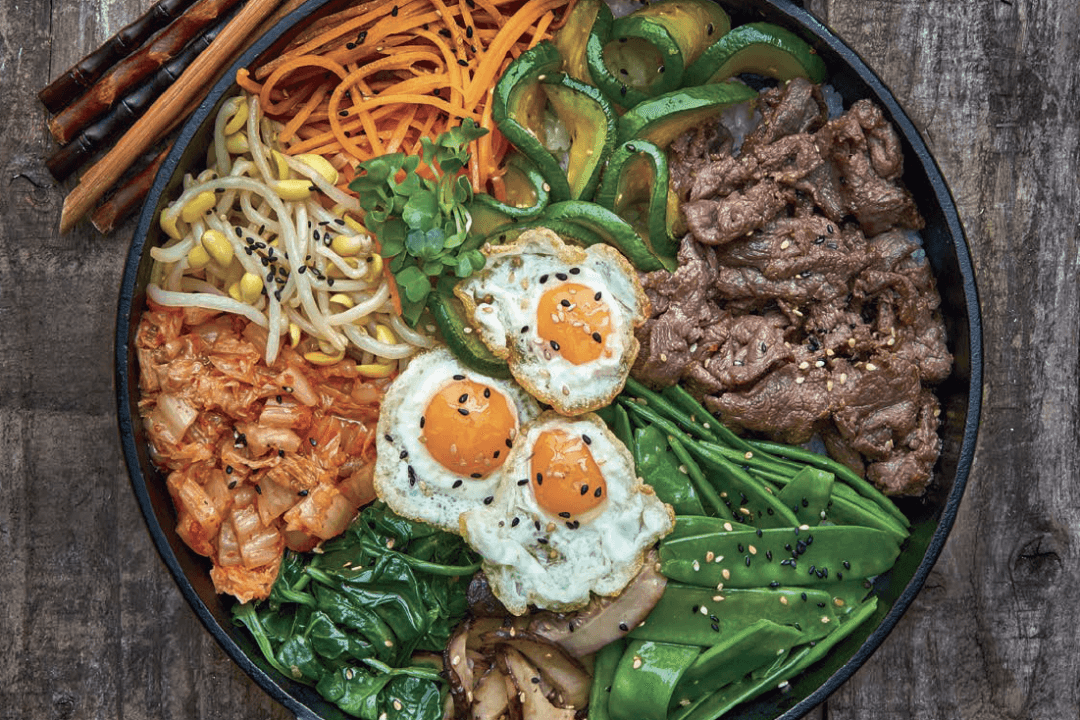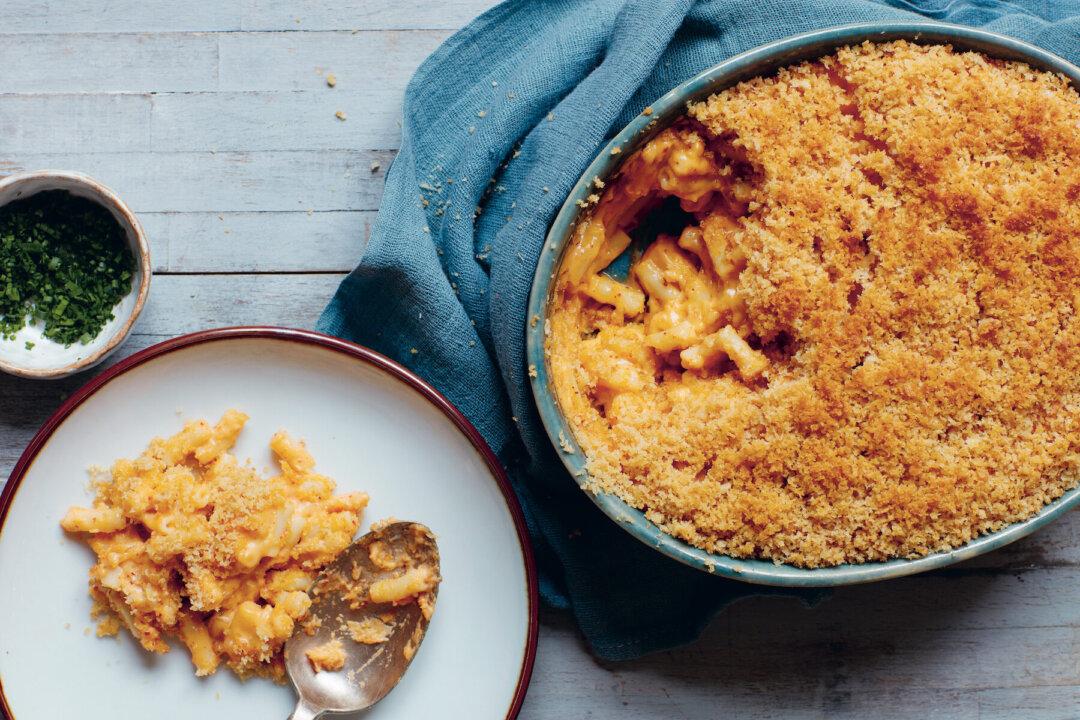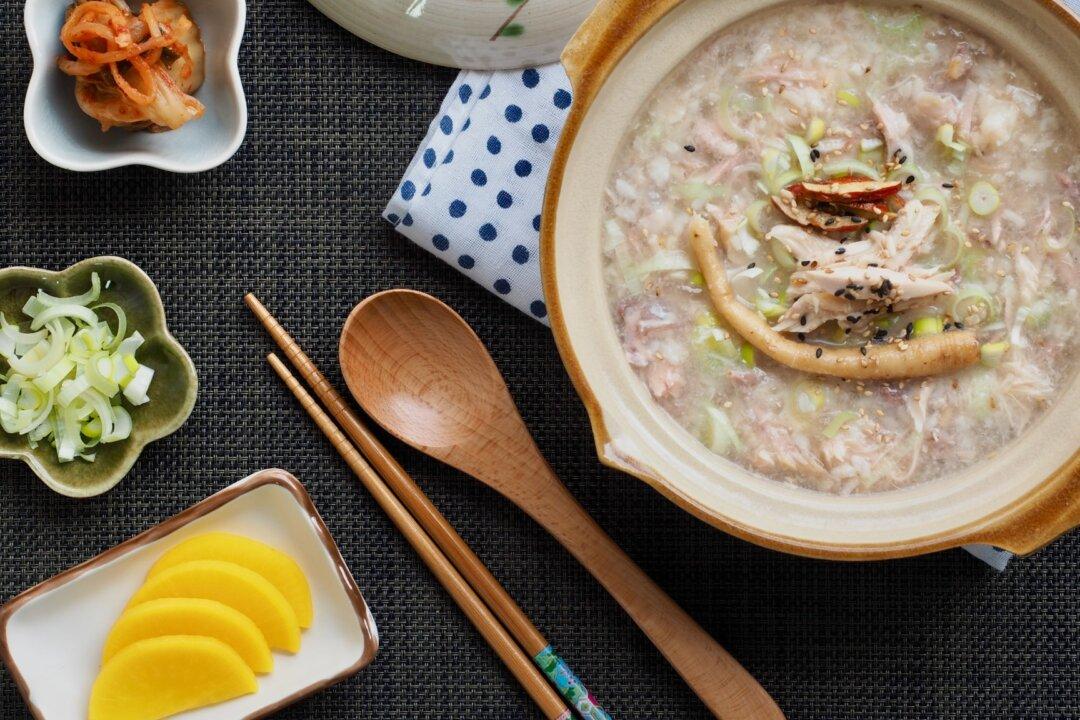Tteokbokki is Korea’s most loved snack food. Literally translating to “stir-fried (bokki) rice cakes (tteok),” this satisfying combination of soft, chewy rice cakes in a thick, spicy-sweet sauce is one of the best bites in the country’s dynamic street food scene.
Along the streets, you’ll find many carts and makeshift restaurant tents, called pojangmacha, selling their own versions of the dish.





